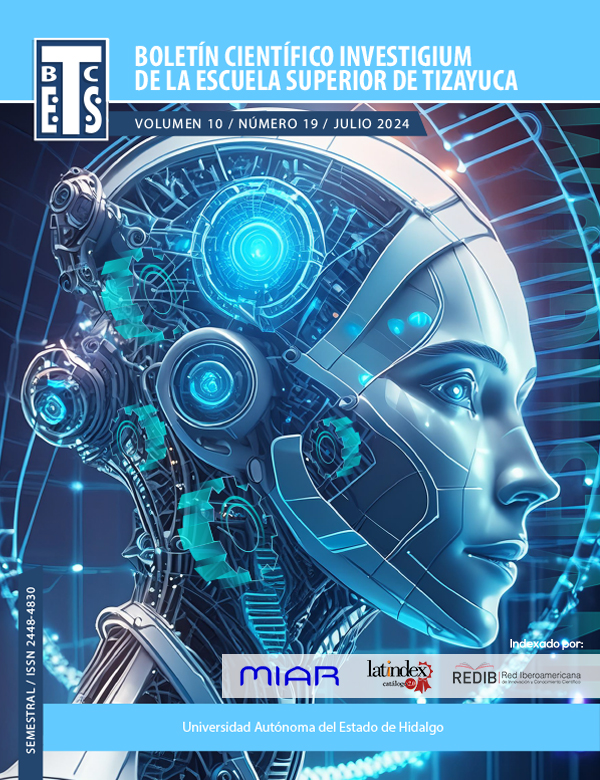Analysis of the interconnections between key stakeholders in the tourism supply chain
Abstract
Although tourism is a fragmented and geographically dispersed sector, the tourism supply chain (TSC) plays a fundamental role in the production and delivery of tourism goods or services to the final consumer. The main objective of this article is to analyze the interconnections between the key actors involved in this chain. Using network analysis as a methodology, and using the UCINET 6 tool, this approach makes it possible to identify patterns of collaboration, dependence and information flow that characterize the tourism system.
Downloads
References
Alkier, R., Milojica, V., & Roblek, V. (2023). The complexity of the tourism supply chain in tthe 21st century: a bibliometric analysis. Kybernetes, 52:5480-5502. DOI:10.1108/K-03-2022-0430.
Baggio, R. (2008). Symptoms of Complexity in a Tourism System. Tourism Analysis, DOI:10.3727/108354208784548797.
Baggio, R. (2013). Complexity, Network Science & Tourism. Obtenido de Innsbruck: IFITT Education Group: https://www.iby.it/turismo/papers/rb_TourNetSci(IFITT).pdf
Borgatti, S. P., & Johnson, J. C. (2013). Analyzing Social Networks. Sage Pbns Ltd.
Borgatti, S., M.G, E., & Freeman, L. (2002). Ucinet 6 for Windows: Software for Social Network Analysis. Harvard, MA: Analytic Technologies.
Buhalis, D., & Laws, E. (2001). Tourism Distribution Channels: Patterns, Practices and Challenges. London: Thomson. ISBN 0826454704.
Carrington, P. J., Scott, J., & Wasserman, S. (2005). Models and Methods in Social Network Analysis. New York: Cambridge University Press.
Holgado, D. (2016). Analyzing Social Networks. Revista Hispana para el Análisis de Redes Sociales, 2(27):141-145.
Jafari, J. (2005). The Scientification of Tourism. Política y Sociedad, 42(1):39-56.
Leiper, N. (1979). The Framework of Tourism: Towards a Definition of Tourism, Tourist and the Tourist Industry. Annals of Tourism Research, VI(4):390-407.
Muñoz Machado, A. (2005). Logística y Turismo. Madrid: Diaz de Santos.
ONU TURISMO. (03 de marzo de 2024). UN TURISM. Obtenido de Tourism – an economic and social phenomenon: https://www.unwto.org/why-tourism
Page, S. J. (2003). Managing for chance.Buttherwoeth-Heinemann. Tourism Management.
Piboonrungroj, P., & Disney, S. (2009). Proceedings of the Phd Networking Conference on Exploring Tourism III. Tourism supply chains: A conceptual framework. (págs. 132-149). Nottingham, UK: Julio 1-2.
Sigala, M. (2008). A supply chain management approach for investigating the role of tour operators on sustainable tourism: The case of TUI. Journal Cleaner Production, 16:1589-1599.
Sinclair, T. M., & Stabler, M. (1997). The Economics of Tourism. London: Routledge.
Song, H. (2012). Tourism Supple Chain Management. London: Routledge.
Varisco, C. (2007). Sistema Productivo Turístico y Desarrollo Local. Ciencias Sociales Online, IV(2):15-36.
Zhang, X., Song, H., & Huang, G. (2009). Tourism supply chain management: A new research agenda. Tourism Manage, 30:345-358.
Copyright (c) 2024 Susana Romero Juárez

This work is licensed under a Creative Commons Attribution-NonCommercial-NoDerivatives 4.0 International License.










